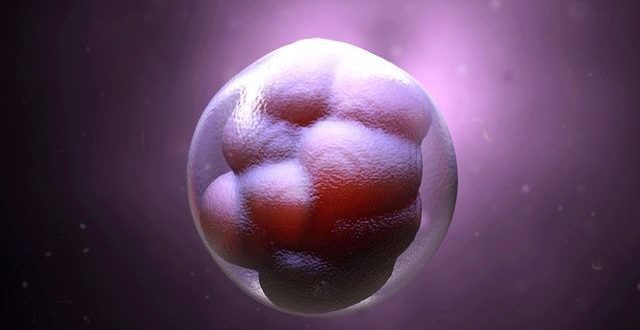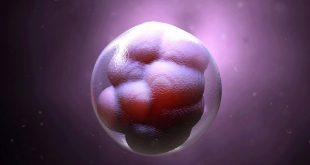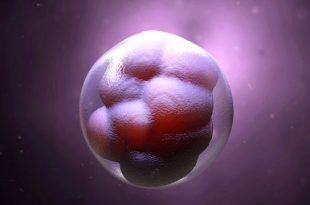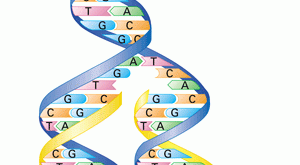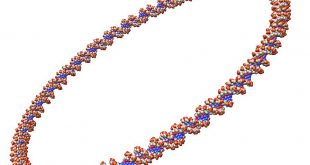Creating a fully-formed organism from a single cell is one of the most remarkable feats …
Read More »Transposable Genetic Elements
Transposons were first discovered in corn (maize) during the 1940s and ’50s by American scientist Barbara McClintock, whose work won her the Nobel Prize for Physiology or Medicine in 1983. The colourful pattern on maize ears have an important scientific significance. Modern research have shown that the stripes and spots …
Read More » Plantlet The Blogging Platform of Department of Botany, University of Dhaka
Plantlet The Blogging Platform of Department of Botany, University of Dhaka
